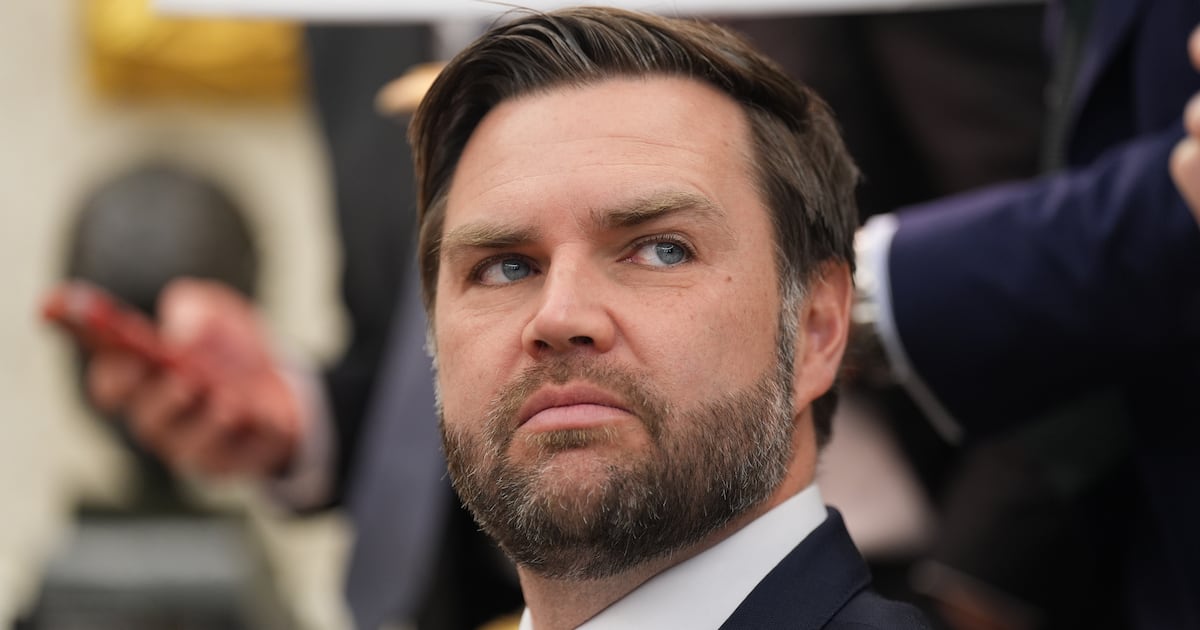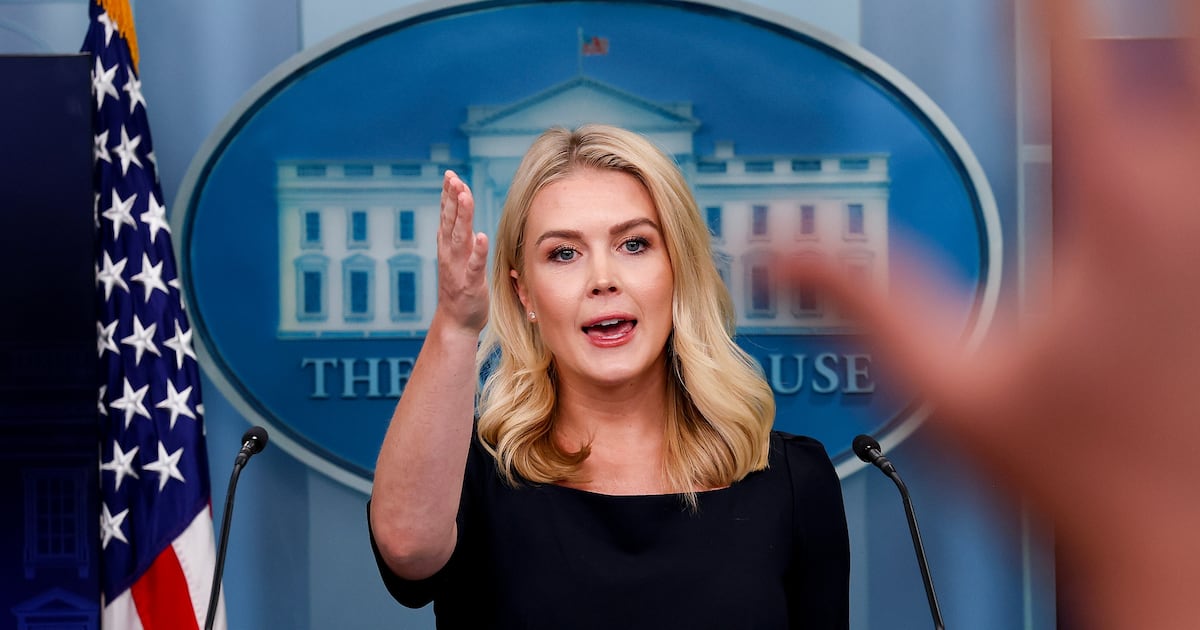Today advocates of “school choice” routinely use the language of civil rights to argue that federal and state governments should finance largely unregulated private schools through the use of vouchers. These are the same type of vouchers that were the essential tools of Southern segregationists who fought and obstructed public school desegregation after the U. S. Supreme Court’s decision in Brown v. Board of Education in 1954. How has the nation arrived at this point?
As I point out in Overturning Brown: The Segregationist Legacy of the Modern School Choice Movement, the United States has never been closer (including the years after 1954) to adopting a nationwide program in which federal and state governments spend billions of tax dollars to finance largely unaccountable private schools to educate only the children they choose to admit.
Today 26 of the 50 states have yielded to school choice advocates by enacting a variety of voucher programs diverting public funds to private schools and in some states home-schooling. These programs are financed by state appropriations and state tax credits. They have spread across the American continent, but 10 are in the South, more than in any other region. These programs together are sending more than $2.1 billion annually in state funds to private schools. That is a sum larger than the annual state funding of public schools in any of 13 states across the nation.
The Trump administration, led by Secretary of Education Elizabeth “Betsy” DeVos, a longtime, wealthy donor supporting vouchers for religious private schools, is annually lobbying Congress to divert billions of federal dollars away from public schools serving low-income students to finance vouchers for private schools. In 2017, the president’s tax bill expanded the use of “529 savings plans” so that wealthier parents can use up to $10,000 annually in these tax-advantaged funds to pay costs for their children’s K-12 private schooling. This change opens up $328 billion that can be diverted to private K-12 schools.
Their advocates claim that vouchers and “school choice” constitute a civil right, a social justice issue. In fact, the call for “school choice” today echoes the language of Southern segregationists who called for “freedom of choice” to evade school desegregation. And today’s advocates employ many of the same arguments and tactics, including vouchers, that were the prime strategies of segregationists in their attempts to overthrow the Brown decision.
The first formal Southern state plan to block desegregation after 1954 was in Alabama, where segregationists proposed a “freedom of choice” plan without regard to race. It provided for “parent choice” within a public-private system of education, funded by state revenues and guided by a state policy to “promote the education of its citizens in a manner and extent consistent with its available resources, and the willingness and ability of the individual student.” This quoted phrase, in fact, meant that Alabama eliminated a right of education of all children from its state constitution and made the education of state’s children subject to what segregationists considered to be “available resources” and the “ability” of different children to learn. Within 10 years, several other Southern states followed this approach by assigning pupil placement in public schools according to their notion of children’s “ability to learn” and by funding private academies where segregationist white leaders established their all-white admission standards.
By the end of the ’60s, federal courts ruled that the South’s voucher programs violated the U.S. Constitution’s 14th Amendment guarantee of “equal protection of the law.” By that time, however, the transfer of a substantial amount of local and state resources, including vouchers, had enabled the rapid growth of private schools across the South. These schools were uniformly segregated, but many also began providing a non-racial reasons for their practices—often based on their notions of serving students according to the “willingness and ability of the individual student” to learn.
Many headmasters of the “segregation academies” followed the logic expressed in 1972 by the head of the segregated Alabama Independent School Association: “Our primary interest is educating people basically of like learning capacities. We adopt a school system to meet their needs.” Some private school leaders expressed other reasons for their segregated schools—the need for a controlled environment, a demand for like-minded religious instruction, or simply a belief that so-called “government schools” were harmful in a free enterprise nation. Whatever the non-racial rationale (better education, religious instruction, or economic freedom), the vast majority of the South’s private schools began when it became clear locally that federal law would require some form of school desegregation.
Most of these segregated schools survived and many thrived—using the federal tax deduction as a replacement for vouchers to help support the schools. The enforcement of federal law against racial discrimination eventually endangered this tax benefit for the private schools that remained absolutely segregated—those refusing to adopt some form of token desegregation, especially in predominately black and Hispanic areas. As a result, in the ’70s and ’80s, private schools in and outside the South increasingly admitted a token number of non-white students so that they would be virtually segregated and continue to receive tax benefits.
Beginning in the ’80s, the national Republican Party started calling for vouchers for private schools as a part of its platform and political agenda. The GOP often cite the same non-racial reasons voiced in earlier decades by Southern segregationist leaders and segregation academies’ headmasters. Statistics showed that the number of completely segregated private schools had considerably declined, but most private schools remained virtually segregated with only a token number of students of color.
As the political movement for school choice spread across the state capitals during the last three decades, these statistics showing racial exclusion in private schools hardly changed. Private schools have become more willing than in the long past to accept high-performing Asian students, but they also have maintained patterns of virtual segregation and exclusion for under-represented racial and ethnic groups: African-Americans, Hispanics, and Native Americans.
As recently as 2012, two-thirds of white students in U.S. private schools attended virtually “exclusionary schools,” schools where African-American, Hispanic, and Native American children comprised 10 percent or less of total enrollment. In 30 of the 50 states, 70 percent or more of all white students attending private schools were in such schools. This pattern is particularly evident in the Southern states that had voucher programs in the ’60s. For example, 84 percent of all white students in South Carolina private schools in 2012 attended schools where African-Americans, Hispanic, and Native American students together comprised only 10 percent or less of the private school enrollment. But, in contrast, South Carolina’s once-segregated public schools had changed: only 11 percent of the white students attending public schools in South Carolina were in similarly “exclusionary” schools.
By failing to grasp the history of the struggles and tactics of Southern segregationists fighting Brown, the nation today is in danger of legitimizing and advancing a system of segregation and exclusion in publicly–financed education that was the design and ambition of Southern segregationists. Already, we have permitted the scaffolding of this system to be erected in a majority of the states. We must not allow it to become a government-funded structure that will set in stone for future generations what the Southern segregationists of our past envisioned as their own.
Steve Suitts is the author of Overturning Brown: The Segregationist Legacy of the Modern School Choice Movement. An adjunct at the Institute for Liberal Arts of Emory University, he was the founding director of the Alabama Civil Liberties Union and served for several years as vice president of the Southern Education Foundation.







